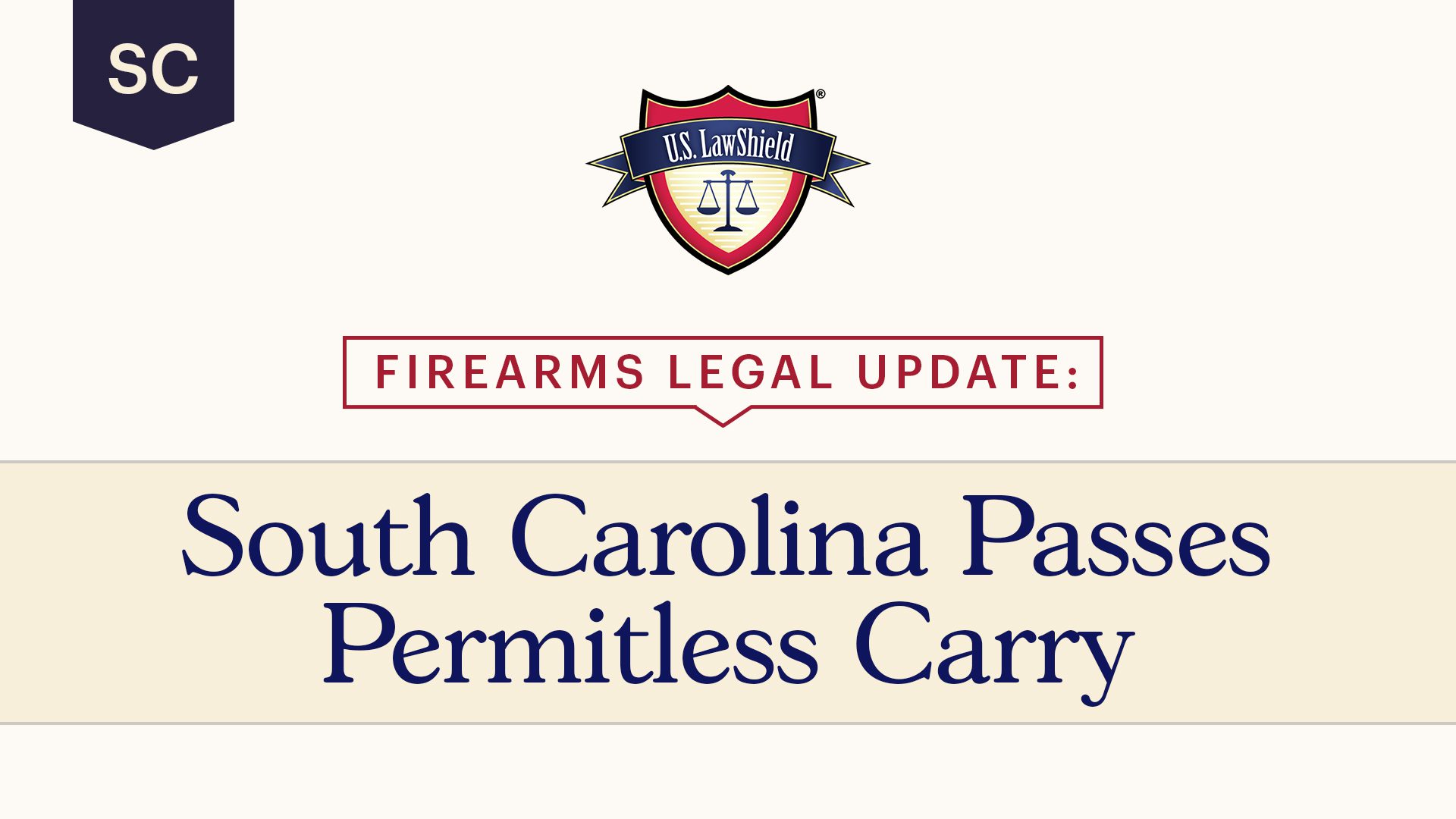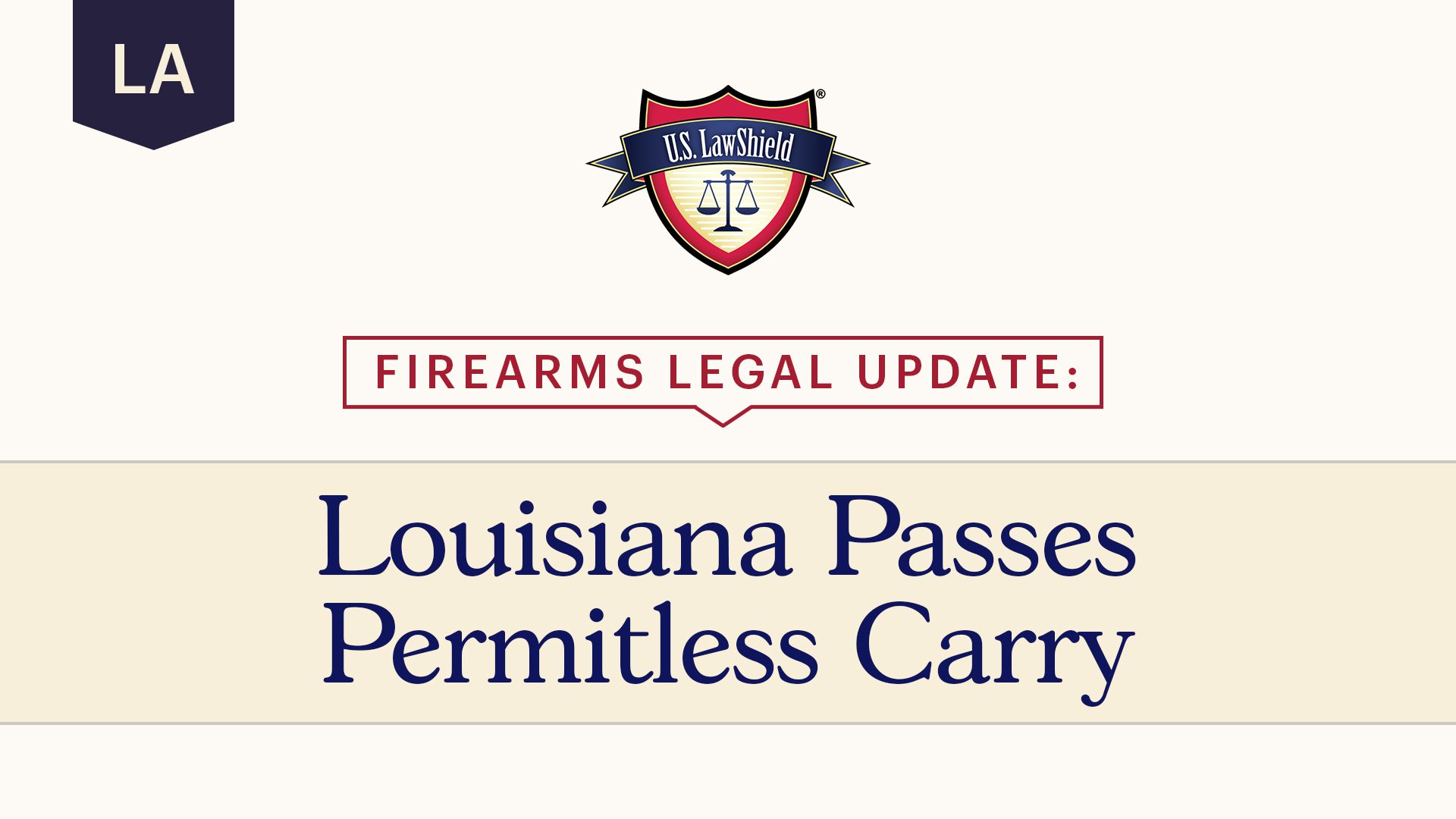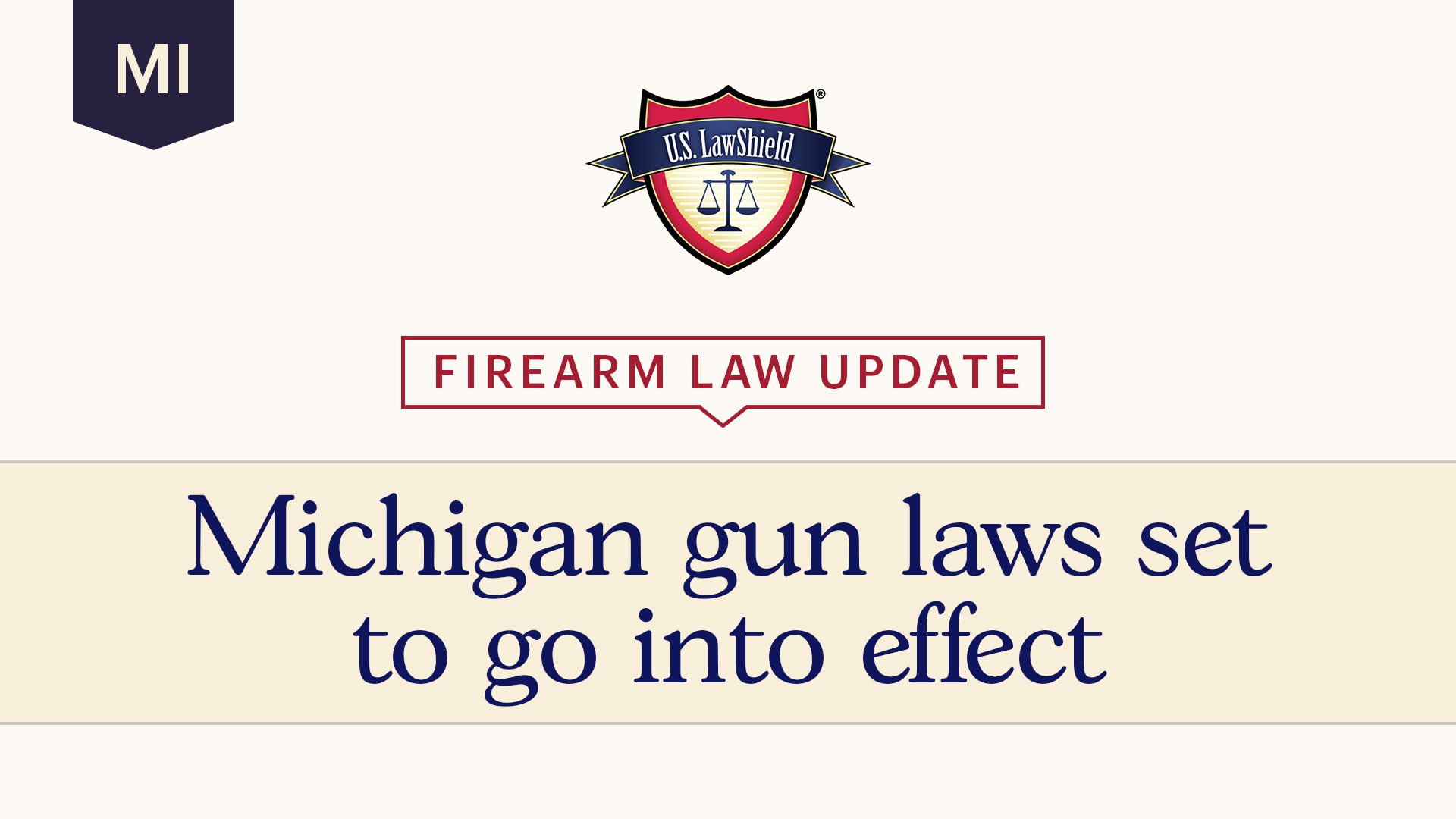
Misinformation is incredibly harmful to personal preparedness. There are several self-defense myths and misconceptions that if taken as fact, could ruin your freedom, finances, and future. Let’s uncover the truth behind some of these common self-defense myths so you can be better prepared for life-threatening situations, and not fall prey to bad advice.
What Is Self-Defense?
First, you should understand what self-defense is. The law defines self-defense as the use of physical force to protect yourself or others from a threat. It’s important to remember that while self-defense is a basic human right, there are still laws surrounding it.
If you want a detailed breakdown on the art of self-defense, including topics like:
- Is self-defense legal?
- Can you go to jail for self-defense?
- Are self-defense keychains legal?
- Is wasp spray better than pepper spray?
And more… check out our helpful guide: Self-Defense Frequently Asked Questions
Otherwise, keep reading to see why believing these popular self-defense myths could end up ruining your life.
Can a Man Hit a Woman in Self-Defense?
Yes, a man can be justified hitting a woman in a self-defense scenario. Self-defense is a right granted to everyone, regardless of gender. However, there are certain factors taken into consideration in every self-defense claim that can impact whether using force is ultimately considered to have been justified. The main considerations are whether the use of force was necessary to stop another person’s illegal use of force and whether proportional force was used. Assuming the man needs to use force to prevent a woman’s violence against him and the physical force is proportional given the totality of the circumstances, a man can be justified hitting a woman in self-defense.
You can hear more on this from our Independent Program Attorneys: The Truth About Self-Defense
Always Run Away
The self-defense myth that you should always run away from an attacker is a dangerous one. While there are times when running away is the better option, it can have fatal consequences if it isn’t 100% safe to retreat from the situation you find yourself in. In fact, while many states have some form of a duty to retreat built into their self-defense laws, every state recognizes that an individual’s duty to retreat only applies if a person can do so safely. So, while it’s true that people should always try and avoid any situation that may require use of force, there are times when running away isn’t an option.
Martial Arts Is Bad for Self-Defense
While it’s not a very satisfying answer, the truth about whether martial arts are useful for self-defense is that it depends. No two self-defense scenarios are the same, so it’s difficult to make blanket statements regarding which physical skills will be effective. Certain martial arts, such as Brazilian Jiu Jitsu, are highly regarded by professionals whose careers frequently include physical encounters with non-compliant people. Conversely, some other martial arts are little more than stylized movement routines with little practical utility during a violent encounter. At the very least, martial arts can be an entertaining and engaging way to improve your physical fitness, and being in better shape never hurts your ability to defend yourself.
Learn more about martial arts self-defense and non-gun safety: When Your Gun Isn’t Enough
Homeowner’s Insurance Coverage
Many people assume their homeowner’s insurance will cover them if they hurt or injure someone on their property in self-defense. While personal liability coverage generally covers accidental injuries to someone else, companies usually include an “intentional injury provision” that basically excludes acts of self-defense. Plus, they typically won’t cover criminal charges or investigations—which is likely to happen if you shoot someone to save your life.
You might find a “reasonable force” exception, but it’s usually vague and typically covers only civil liability after everything is decided in court. Meaning, all upfront legal costs are left up to you. This is a huge reason we recommend getting Legal Defense for Self Defense® coverage!*
Enjoying this content? Find out how you can get more sent straight to your inbox.
Castle Doctrine vs. Stand Your Ground
A huge self-defense myth among gun owners is that the Castle Doctrine is the same thing as a “stand-your-ground” law. Though the concepts are sometimes intertwined, they’re two different things in law. Another myth about these two concepts is that they’re essentially a “get out of jail free” card in states that have them. But that’s entirely false! A jury could still find your actions unreasonable and that these protections don’t apply to you.
Learn more about Castle Doctrine protections: The Ultimate Guide to Castle Doctrine Law
Learn more about “stand-your-ground” laws: What Is Duty to Retreat
Asking for a Lawyer Makes You Look Guilty
You have the right to an attorney. And if you’re not guilty, they’ll help you prove it. If you’ve been the victim of a crime, the last thing you need is to get confused during an interview and have someone misinterpret or twist your words. Your attorney will help you understand the situation and make sure you’re not pressured into giving unnecessary information. Asking to speak with your lawyer as soon as possible is always a good idea.
(Having an experienced attorney on speed-dial is another major benefit of having Legal Defense for Self Defense coverage!)
Shoot Them in the Leg
Another popular self-defense myth is that shooting someone in the knee is a good “warning” because you won’t kill them. Remember, deadly force is usually defined as force that a reasonable person would consider likely to result in death or serious bodily injury. Shooting someone—even in the leg—can cause serious bodily injury or death! Plus, even if you claim you were just trying to wound someone, a prosecutor could argue that you intended to hit the person you shot somewhere else, and just missed, striking them in the leg instead.
Shot Them Outside? Drag Them Inside…
This is also terrible advice. If you shot someone in self-defense outside, dragging them inside won’t result in a better outcome for you. Any attempt to alter a crime scene after the fact is illegal. Additionally, such attempts are oftentimes viewed as an admission of guilt or wrongdoing. No matter what, leave the scene as it is, and trust your attorney to do their job.
Displaying Weapons Saves the Day
It’s a common belief that simply letting an attacker know you have a gun may be enough to de-escalate an encounter. While this is sometimes true, there are many criminals who will be unimpressed by the fact you have a gun. It’s also important to remember that displaying your gun under the wrong conditions can lead to severe criminal charges. Never draw a weapon for the sole purpose of intimidating someone else. You should only draw a gun if you feel you need to use your firearm in self-defense. If while accessing your gun the attacker changes their behavior due to the presence of your firearm, then it’s appropriate to stop at the mere display of force. However, due to a high degree of legal and physical risk, the purposeful and deliberate display of a weapon is probably a poor self-defense strategy.
Learn more about the consequences of brandishing: Everything You Need to Know About Brandishing
Warning Shots
Warning shots are almost universally regarded as a bad idea by legal and self-defense experts. From a legal standpoint, firing warning shots is likely to be considered a use of deadly force. This becomes problematic since the ability to fire a warning shot implies that the encounter hasn’t yet reached the point where your use of deadly force is necessary. That lack of immediacy, or jeopardy, can completely invalidate your claim of self-defense and result in criminal charges against you.
For more on warning shot laws, check out our state-specific guides.
It can be difficult to know where to find reliable legal information. Hopefully addressing these common self-defense myths will better prepare you to defend yourself. Remember though that every U.S. LawShield® member has unlimited access to a non-emergency attorney hotline. That means that once you’re a U.S. LawShield member you can have an actual attorney, familiar with your state’s self-defense laws, answer all of your self-defense and firearm-related legal questions.
Self-Defense Myths FAQ's
Your Protection Starts Here!
*Not available in all states. U.S. LawShield® and its affiliates offer prepaid legal service products. In some states, these products are offered by prepaid legal companies regulated under state law. In others, the applicable entity offers an insurance product. Visit www.uslawshield.com for the details on the products offered in your state.
The information provided in this publication is intended to provide general information to individuals and is not legal advice. The information included in this publication may not be quoted or referred to in any other publication without the prior written consent of U.S. LawShield, to be given or withheld at our discretion. The information is not a substitute for, and does not replace the advice or representation of a licensed attorney. We strive to ensure the information included in this publication is accurate and current, however, no claim is made to the accuracy of the information and we are not responsible for any consequences that may result from the use of information in this publication. The use of this publication does not create an attorney-client relationship between U.S. LawShield, any independent program attorney, and any individual.





Leave A Comment